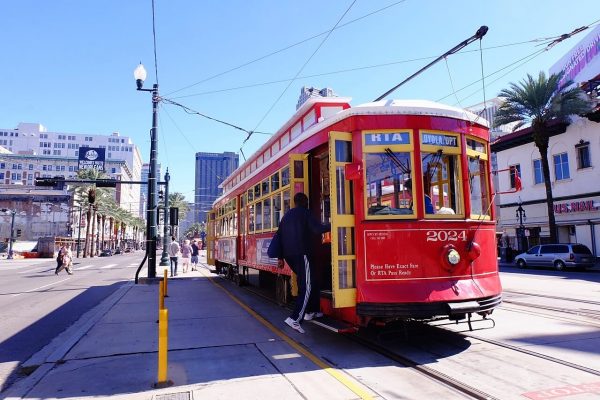
This website uses cookies so that we can provide you with the best user experience possible. Cookie information is stored in your browser and performs functions such as recognising you when you return to our website and helping our team to understand which sections of the website you find most interesting and useful.














5 Comments. Leave new
These images are awesome Aleah. Fascinating slave history too, because even though it is sobering and quite horrible, I never knew slaves in the NO had as many rights as they did. At least for a while. I do plan to visit this area and would want to see a plantation too. I visited Magnolia Gardens plantation in South Carolina some 30 years ago as a kid with my fam. Interesting experience there too. Super duper post, as always.
Ryan
When I go back, I’ll go to the other plantations. There are so many there with different histories!
So true. Each one has a different story!
Bucket list. I have always wanted to see the plantations and the antebellum houses.
I love their architecture and would really love to live there. haha